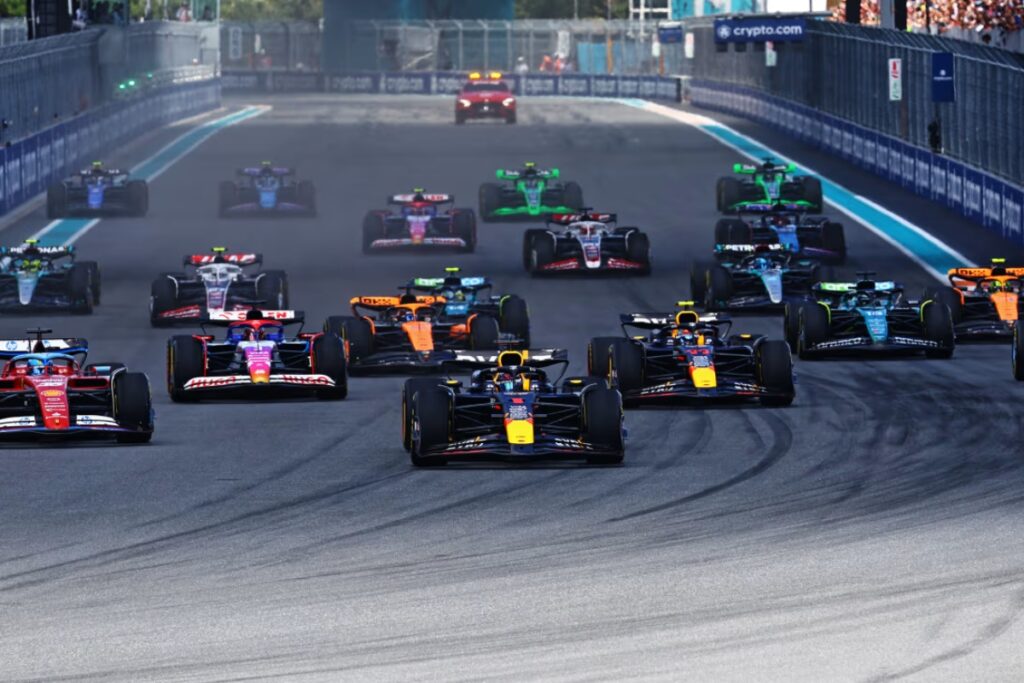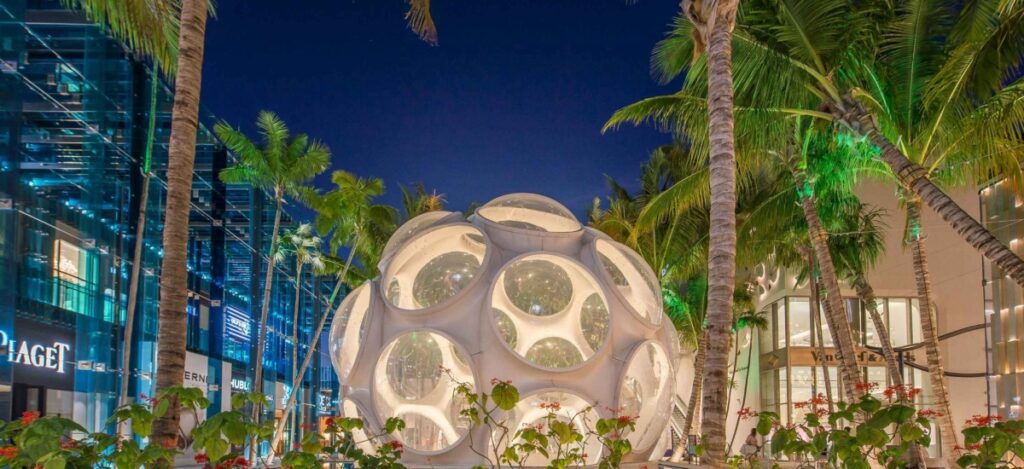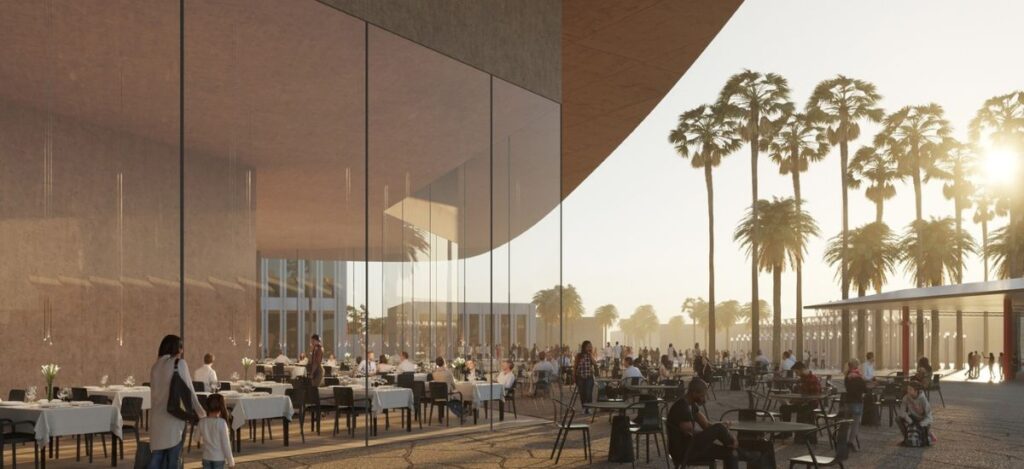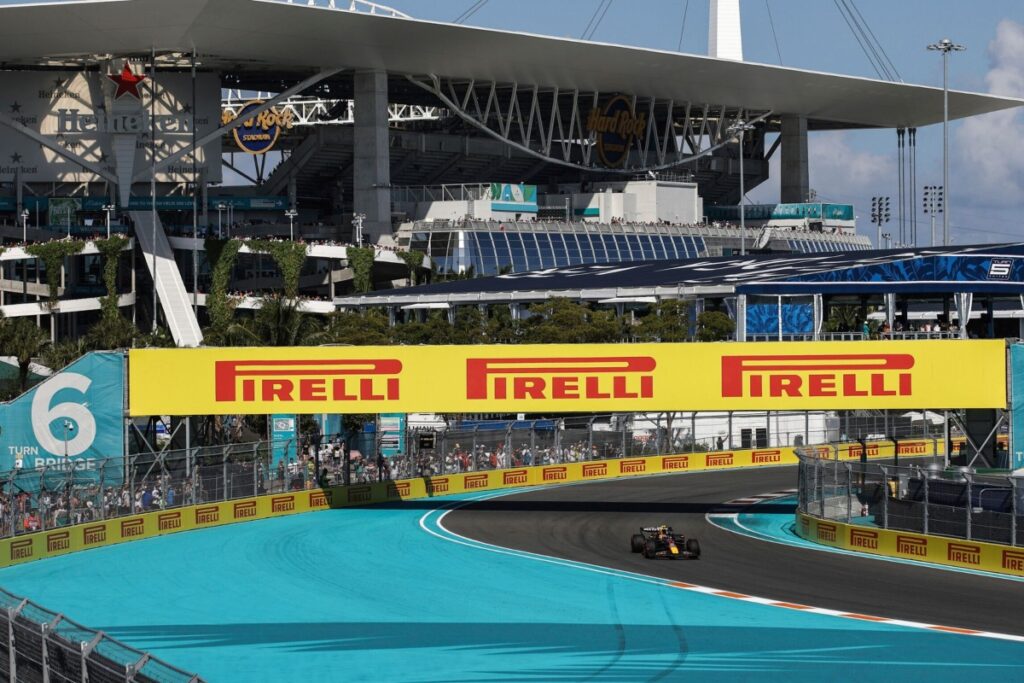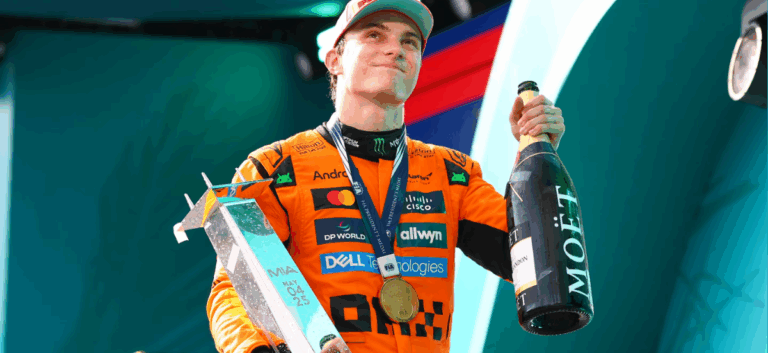Formula 1 has always been a blend of precision, speed, and strategy—but in recent years, the sport has added a fresh layer of excitement with the introduction of the F1 Sprint.
The F1 Sprint is essentially a condensed race that runs for 100 kilometers, roughly a third of the length of a full Grand Prix.
Unlike the traditional Grand Prix format that motorsport fans have cherished for decades, the Sprint brings a shorter, faster, and more aggressive approach to race weekends.
And in 2025, the Miami Circuit is once again front and center in this bold evolution of Formula 1.


